We went past the siding and through a cut before starting down the three percent grade.

The view of where we will be going during our descent down the east flank of this unique pass.
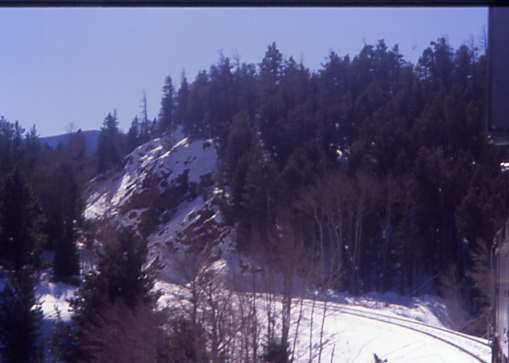
Our train would be curving in and out of the canyons since straight track is at a minimum here.
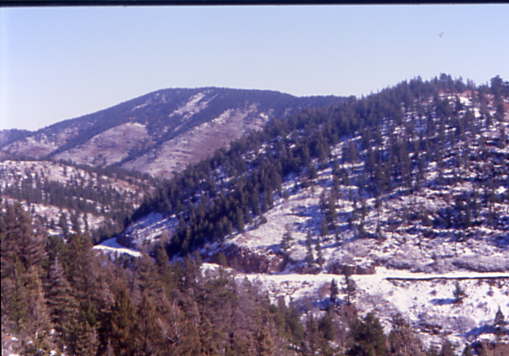
Looking across to where we will be riding in a few minutes.
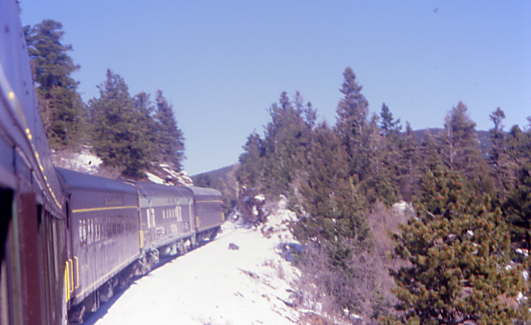
Going downgrade on this unique hill.

The view looking ahead.
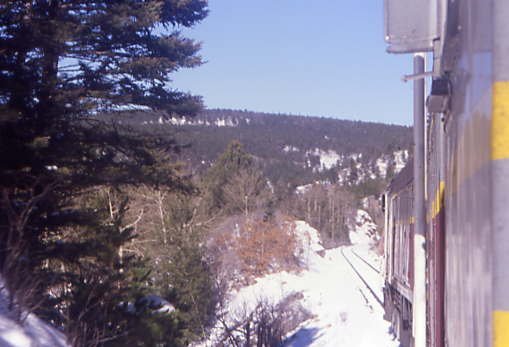
With the snow, this is a very beautiful trip on a late October day.
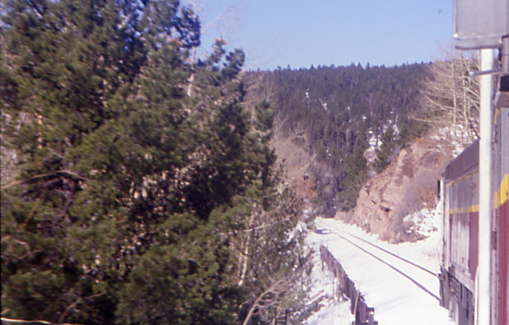
A little track support along the route.
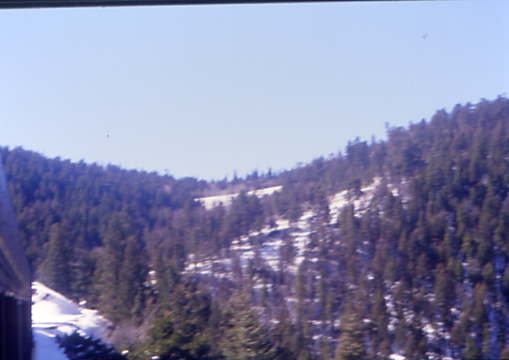
The look back to where I took that first picture.
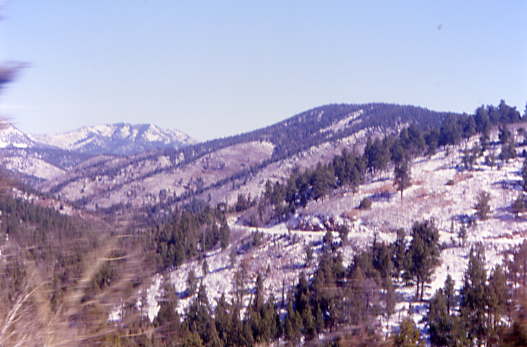
Ahead of us, I could see more curves as we continued to drop down the grade.
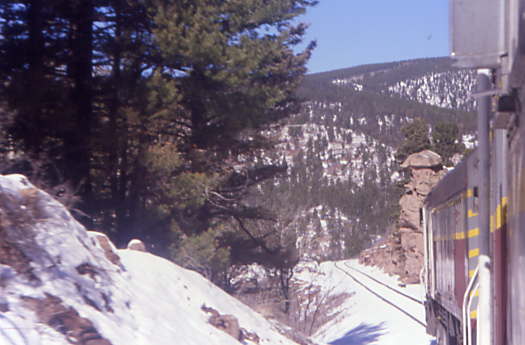
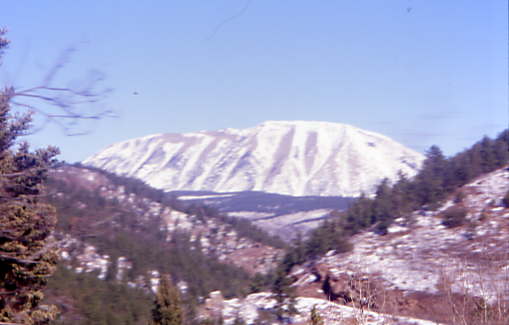
There were many interesting rock formations and beautiful views abounded.
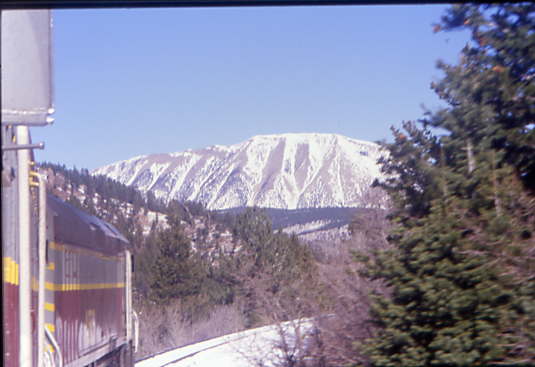
Rounding another curve.
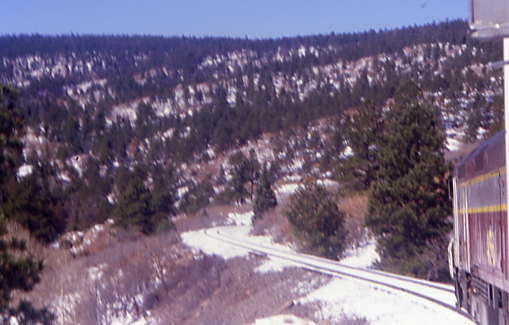
Followed by another.
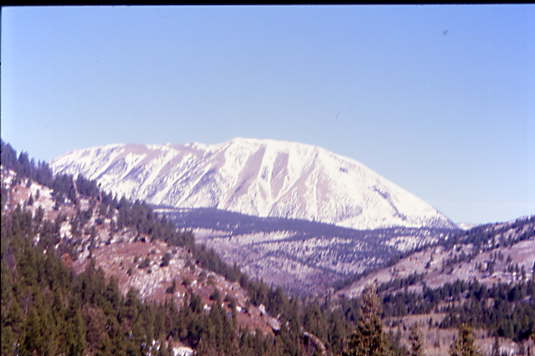
Across the canyon, Bald Mountain provided a very impressive view.
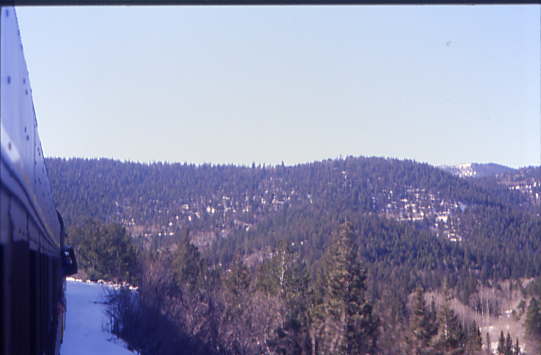
Looking back up the pass towards Fir.
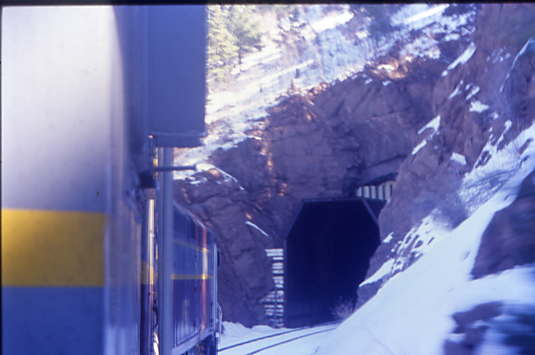
The train came to Middle Tunnel, at Milepost 202.2, which was 939 feet long, although Union Pacific recoards show it to be 360 feet today. When the Upper Tunnel was daylighted after it had burned and collapsed in 1929, the Middle Tunnel became the Upper Tunnel and is mostly natural rock.
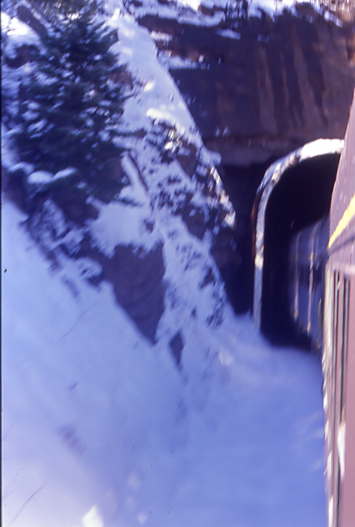
Exiting Middle Tunnel.
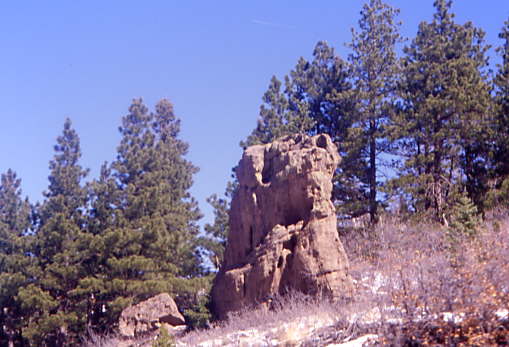
We passed another interesting rock strata as we continued to descend.
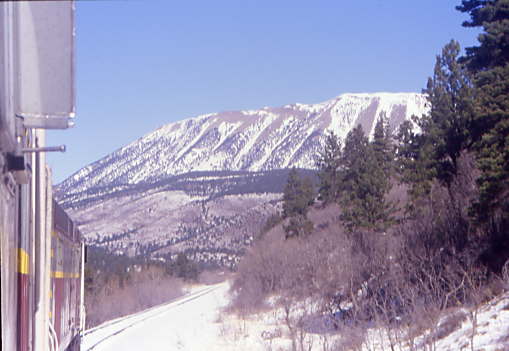
Another curve yielded this view.
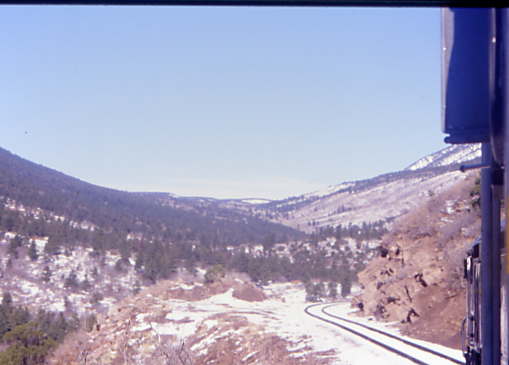
Our train curving once again.
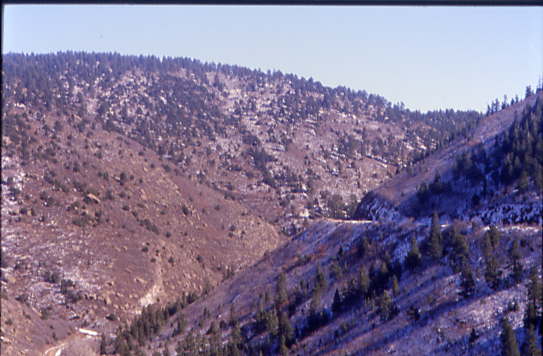
The view ahead.
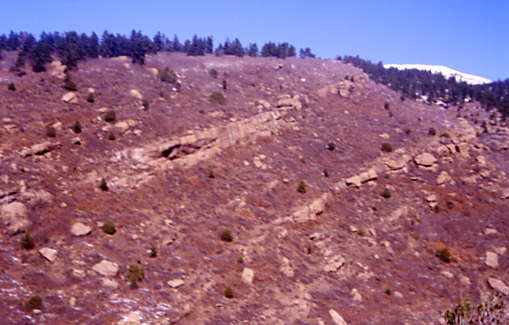
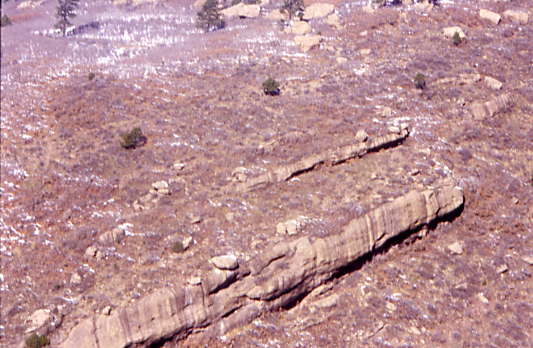
Some interesting rock strata.
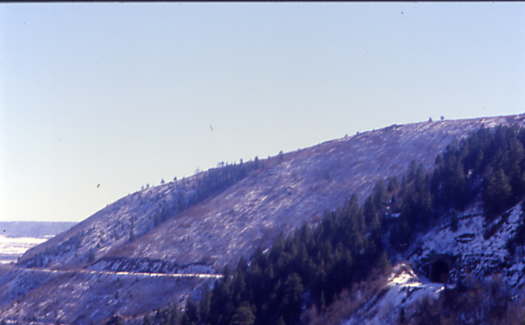
Ahead we could see Lower Tunnel which we would enter in about four minutes.
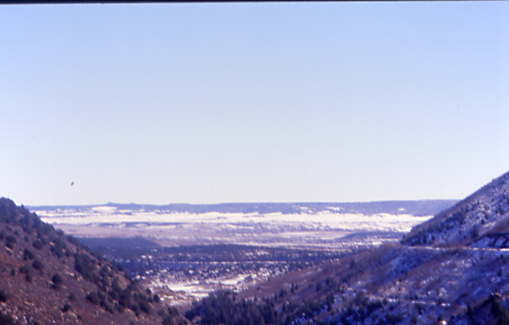
We also had our first good look toward the Great Plains.
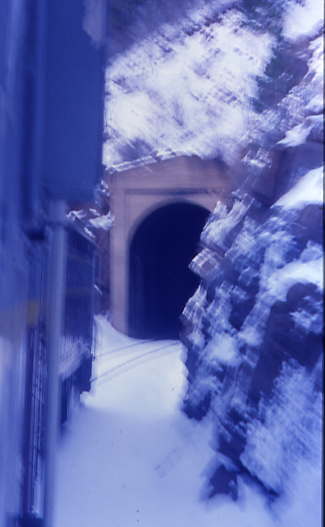
Entering the 655 foot long Lower Tunnel at Milepost 198.6 and also mostly natural rock.
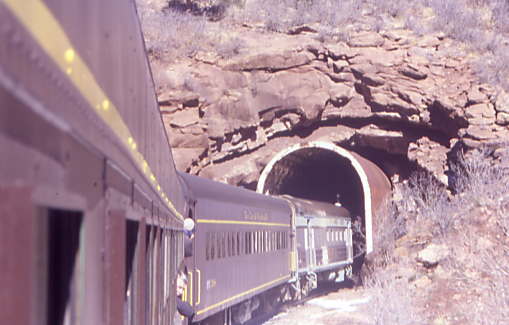
Exiting the Lower Tunnel.

The grade of the narrow gauge Bald Mountain Railroad that once served the Occidental Mines was across the canyon.
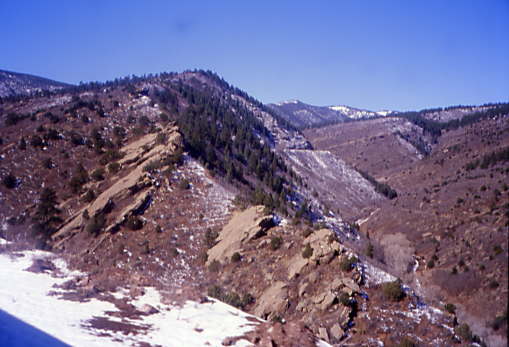
One could see the rock spine that was the reason for the Lower Tunnel.
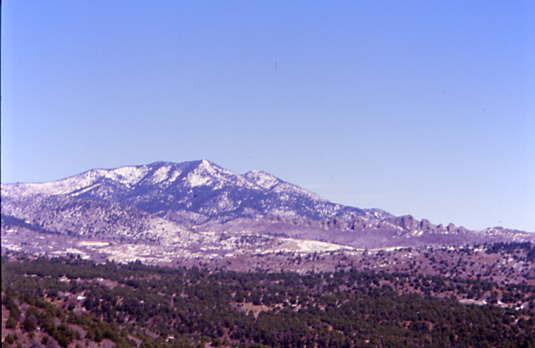
To the north was the 11,569 foot Mount Maestas.
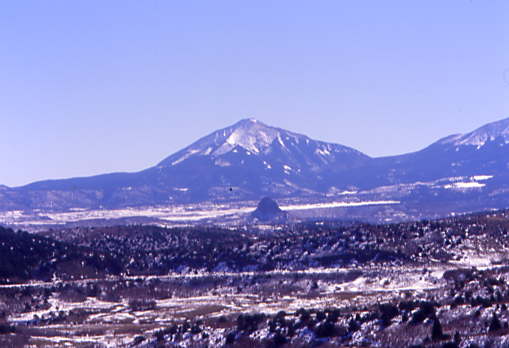
To the southeast was East Spanish Peak, which is 12,683 feet,
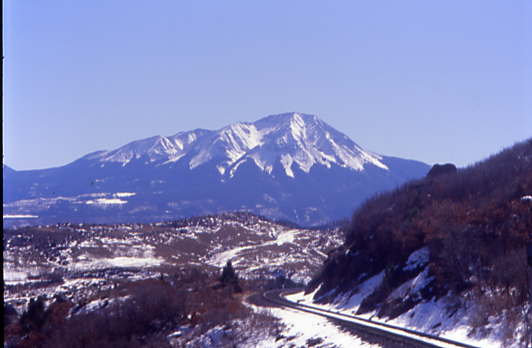
To the south, West Spanish Peak, which is 13,626 feet in elevation.
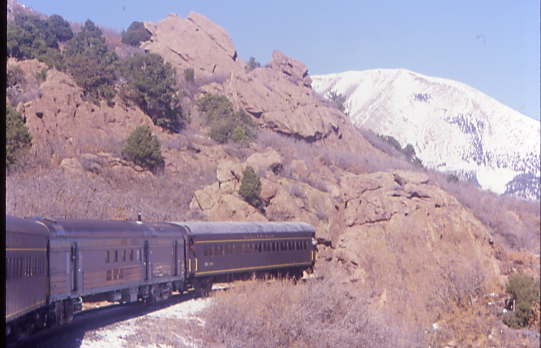
Rounding a series of horseshoe curves as we approached Occidental.
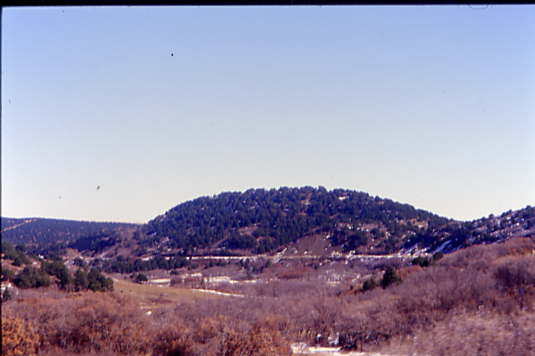
As we proceeded east, the landscape continued to change as we dropped to the lower elevation.

We were paralleling Middle Creek until it joined the Cucharas River.
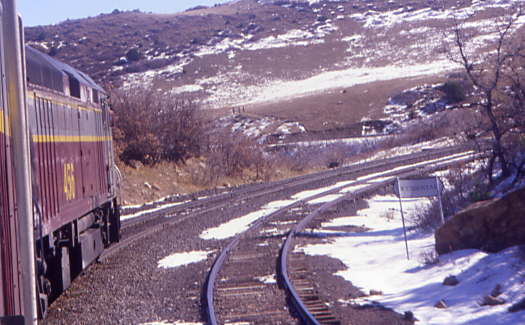
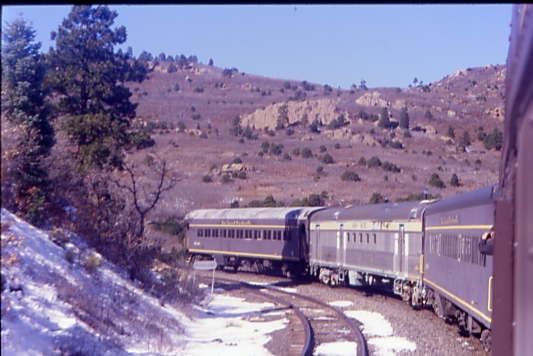
Occidental siding, 1,500 feet long.
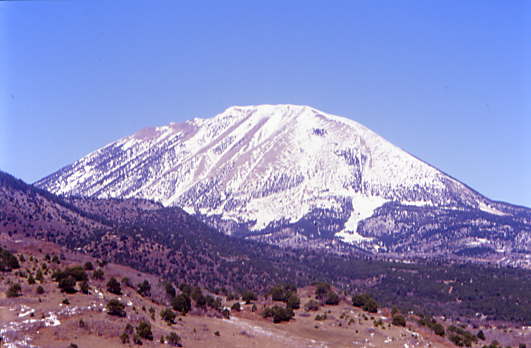
That mountain was still visible as we dropped east.
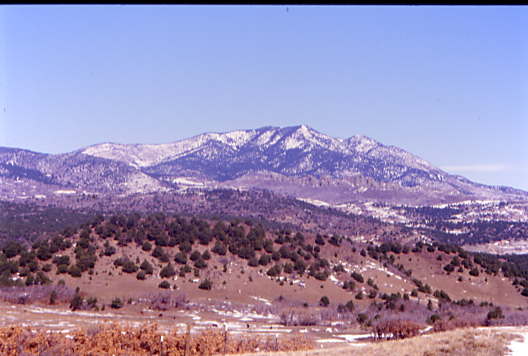
The views were stunning.
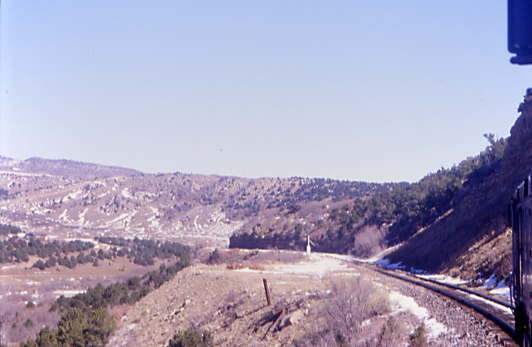
Continuing to descend as we neared La Veta.
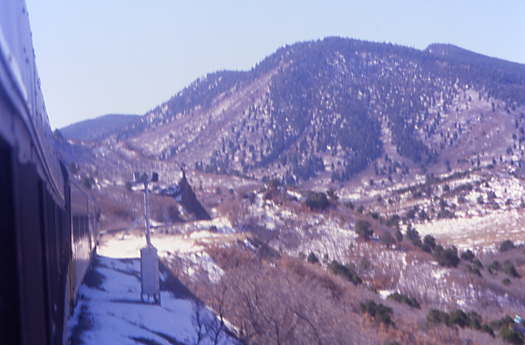
Passing a former Rio Grande hot box detector.

A look back from where we had come.
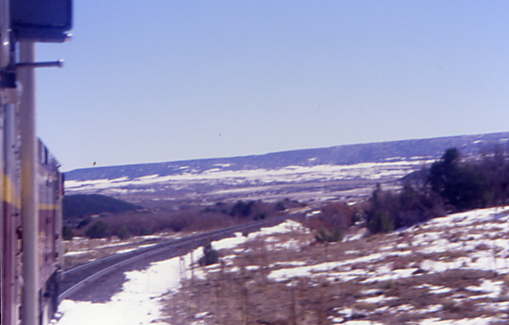
The land really sloped toward the river.
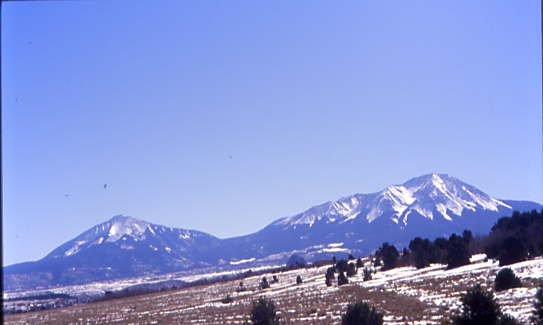
The Spanish Peaks.
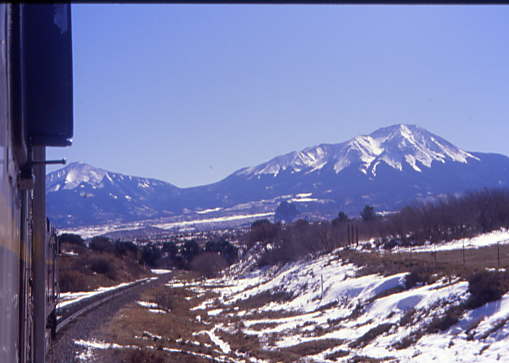
Turning toward the Spanish Peaks.

The view behind.

Rounding another curve as we drop down the grade.
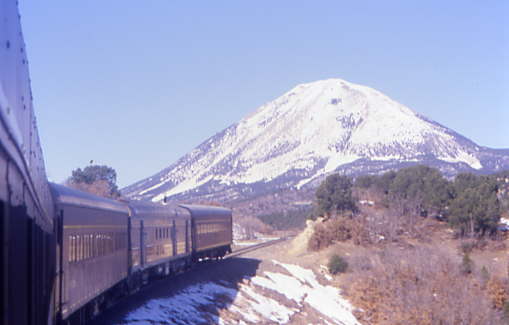
The rear-facing views were fantastic.
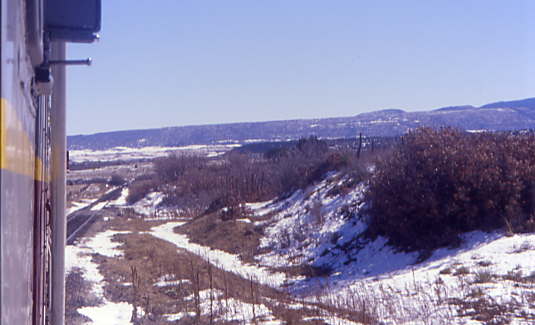
A section of straight track.

Another curve as we dropped down the grade before reaching a section of straight track.

To the south, we could see lava rock which is from the Great Dikes of Spanish Peak and is best seen from US 160.
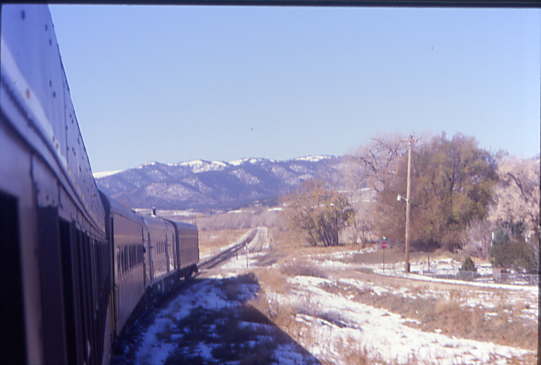
We curved into La Veta.
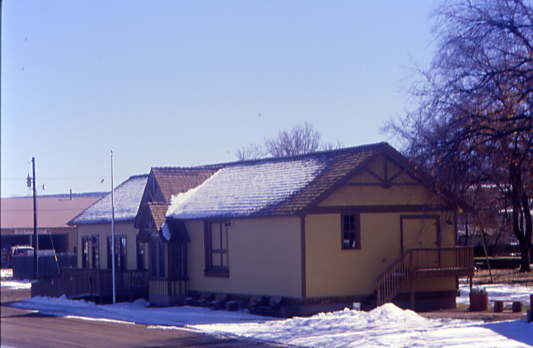

Denver and Rio Grande Western La Veta station built in 1876.
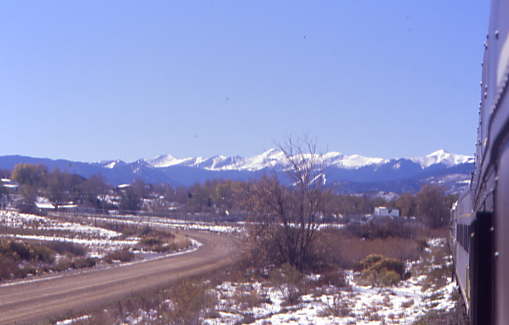
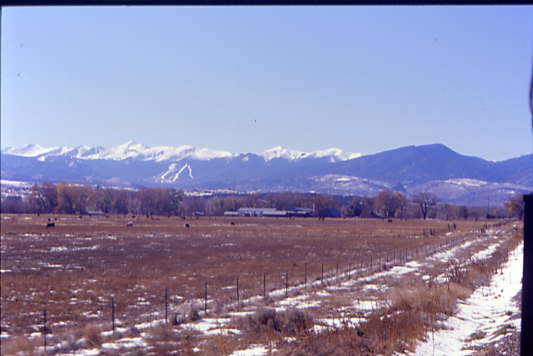
Looking back, you could see La Veta and the Sangre de Cristo Mountains.
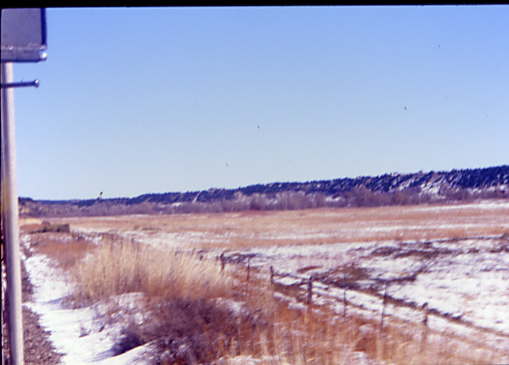
The land was becoming flatter and flatter.
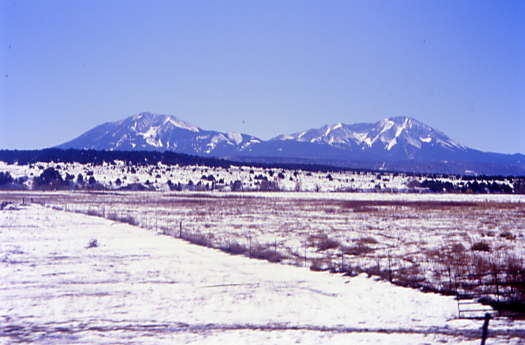
The Spanish Peaks are always watching over you here.
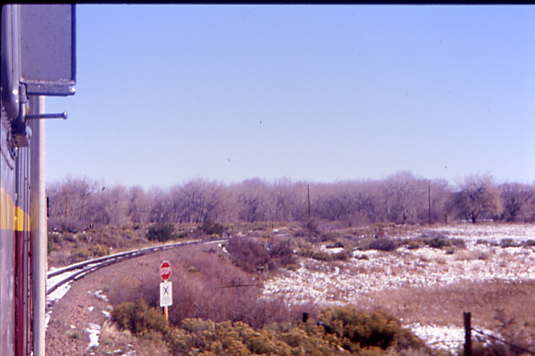
Rounding another curve en route to the location where the motive power would run around the train.
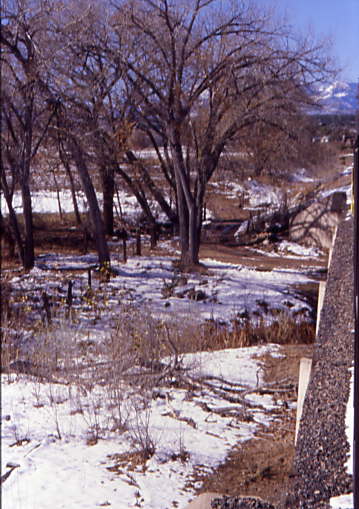
Our crossing of the Cucharas River on an 11 span, 155 foot long timber trestle.

The Cucharas River forms just a few miles to the south near the Great Dikes of the Spanish Peaks, which is descbriged as "hundreds of intrusive igneous rock walls radiating out from the center like spokes of a wheel".

The US 160 bridge.
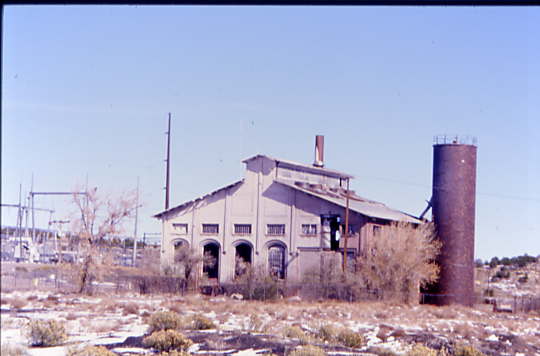
An old industry in Walsenburg.
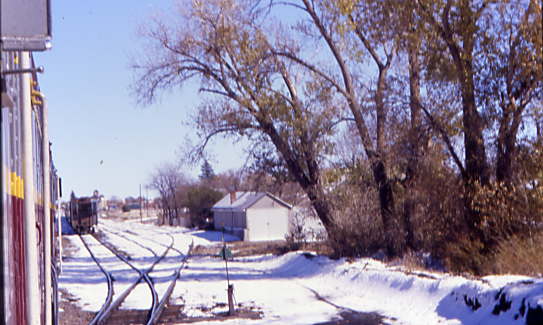
Entering the yard.
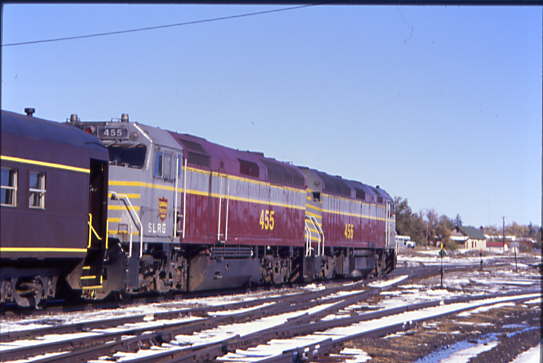
The train stopped and everyone detrained for a photo runby.
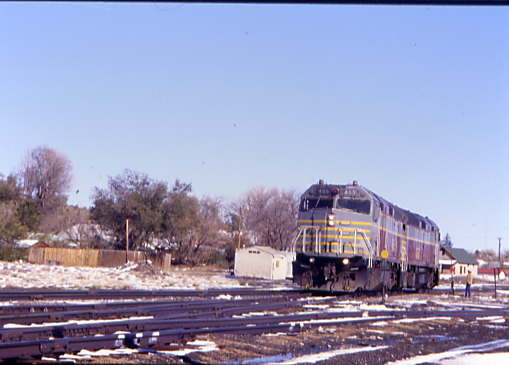
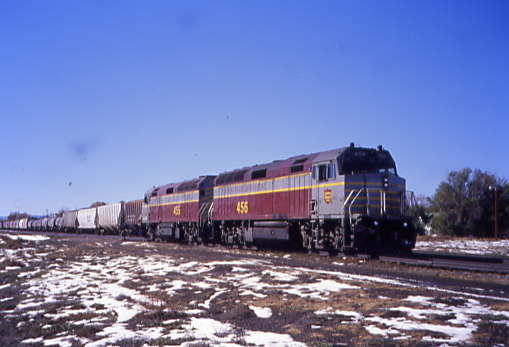
The motive power running around the train.
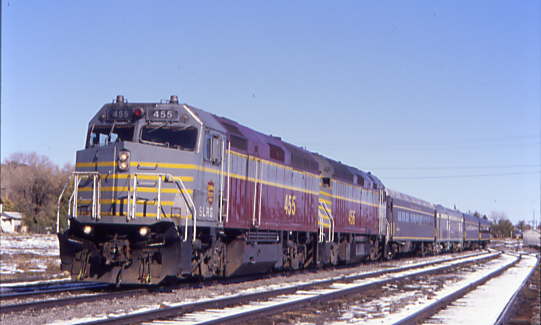
The power back on the point of our train in readiness for the return journey.